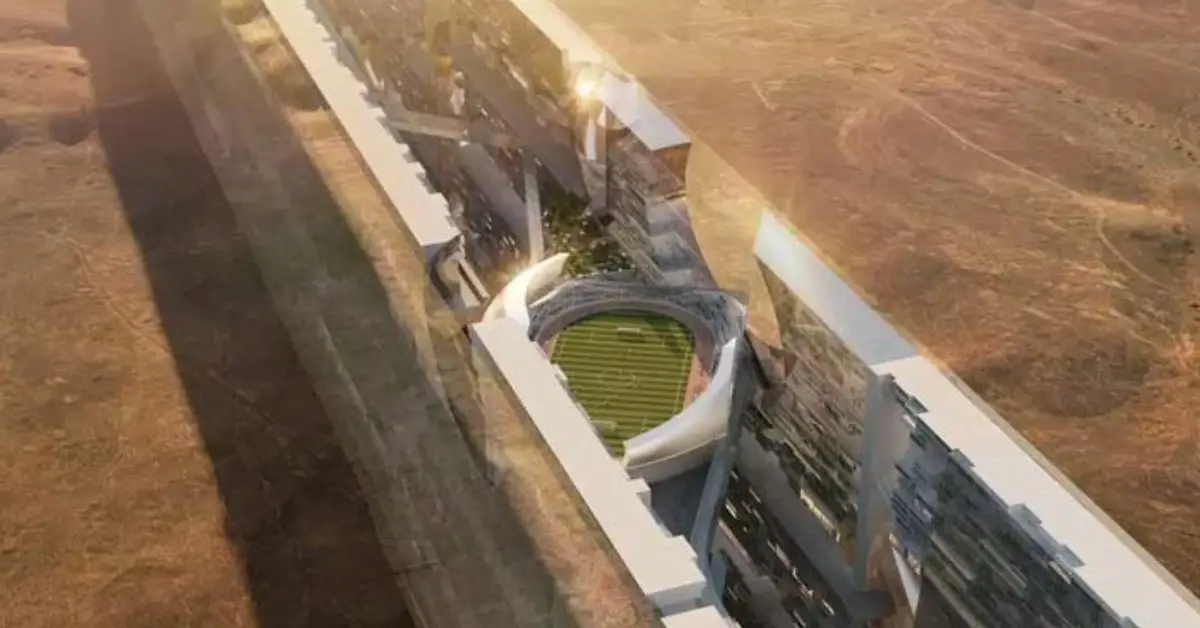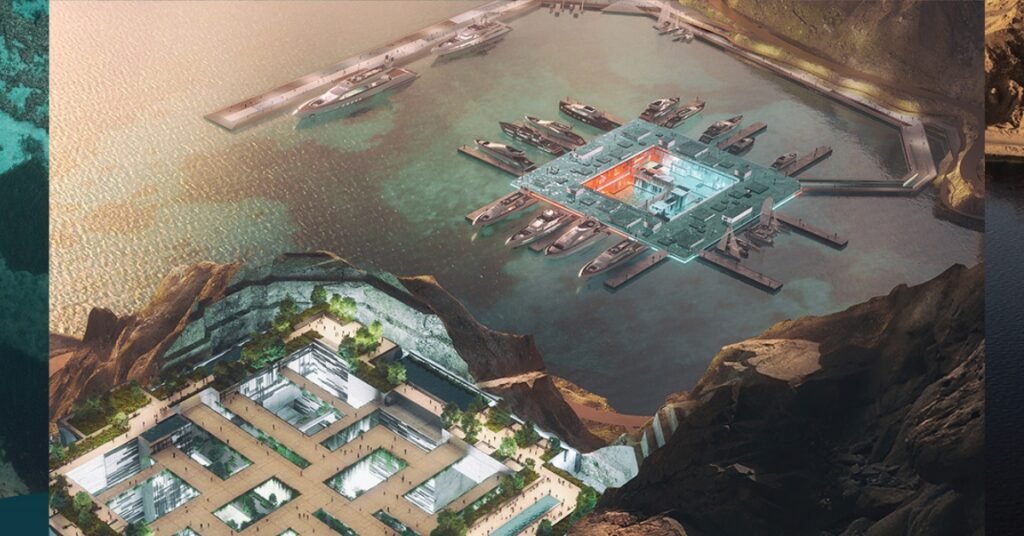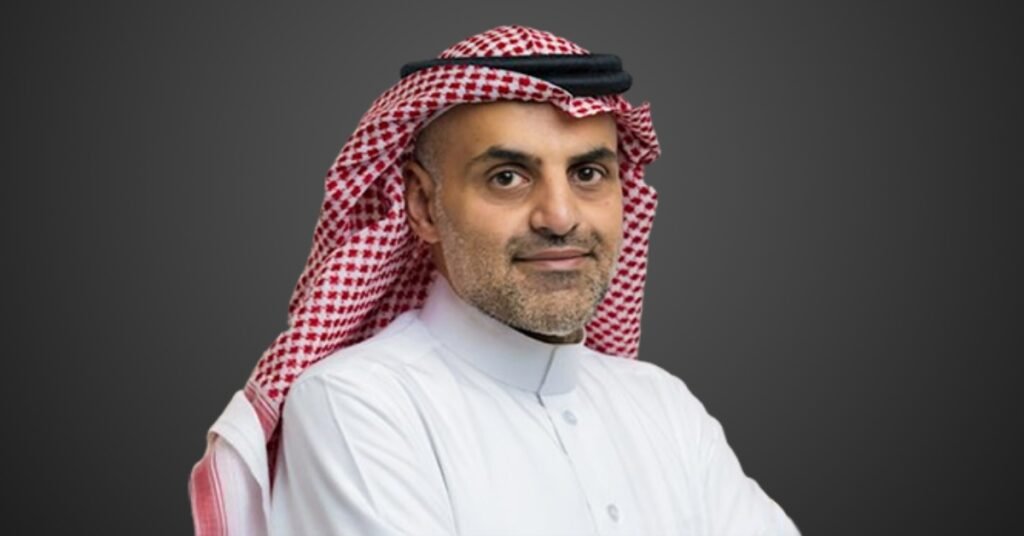Explore the struggles of Saudi Arabia’s Neom ‘The Line’ as it faces investment hurdles and downscaling, threatening its role in Vision 2030’s futuristic urban development.
In a significant setback, Saudi Arabia’s Neom project, known as ‘The Line,’ is struggling to attract the necessary investment to move forward.
This ambitious initiative, part of Crown Prince Mohammad bin Salman’s (MBS) Vision 2030, is now facing substantial hurdles as it fails to live up to its initial promises.
Neom’s ‘The Line,’ once envisioned as a 170-kilometer urban oasis housing at least 1.5 million people, has been dramatically scaled back.
Recent reports suggest that the project’s scope has been reduced by 98.6%, now covering only 2.4 kilometers and expected to accommodate fewer than 30,000 residents.
The decision to downsize comes amid ongoing financial constraints, which have prompted MBS to reconsider the scale of what was once a $500 billion project.
The shift in strategy has led to increased skepticism among potential investors, making it increasingly difficult for Neom officials to secure the funding needed.
In response to these challenges, Neom officials have been actively seeking new investors globally.
Efforts have extended from the United States to China, highlighting the international scope of the investment drive.
For the first time since its inception in 2017, Neom has also opened its doors to potential investors, inviting them to experience the futuristic city firsthand.
Despite these efforts, the enthusiasm that once surrounded the project has waned.
The lack of practicality cited by investors, along with the severe reduction in the project’s scope, has raised doubts about the feasibility of ‘The Line’ as a sustainable urban development.
As the project continues to evolve, the world watches closely to see if Saudi Arabia’s bold vision for a futuristic city can overcome its current obstacles and realize its potential as a cornerstone of Vision 2030.






